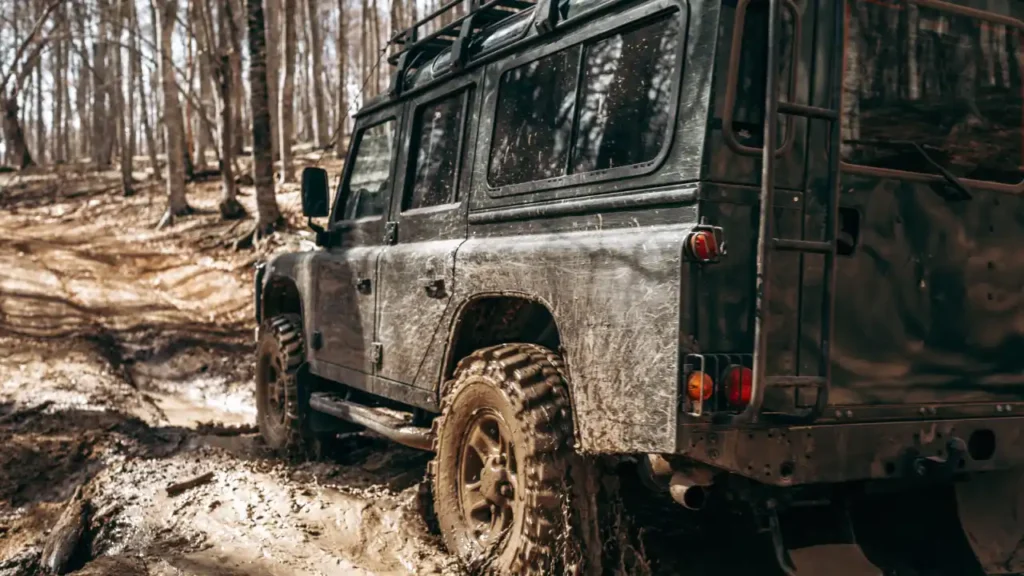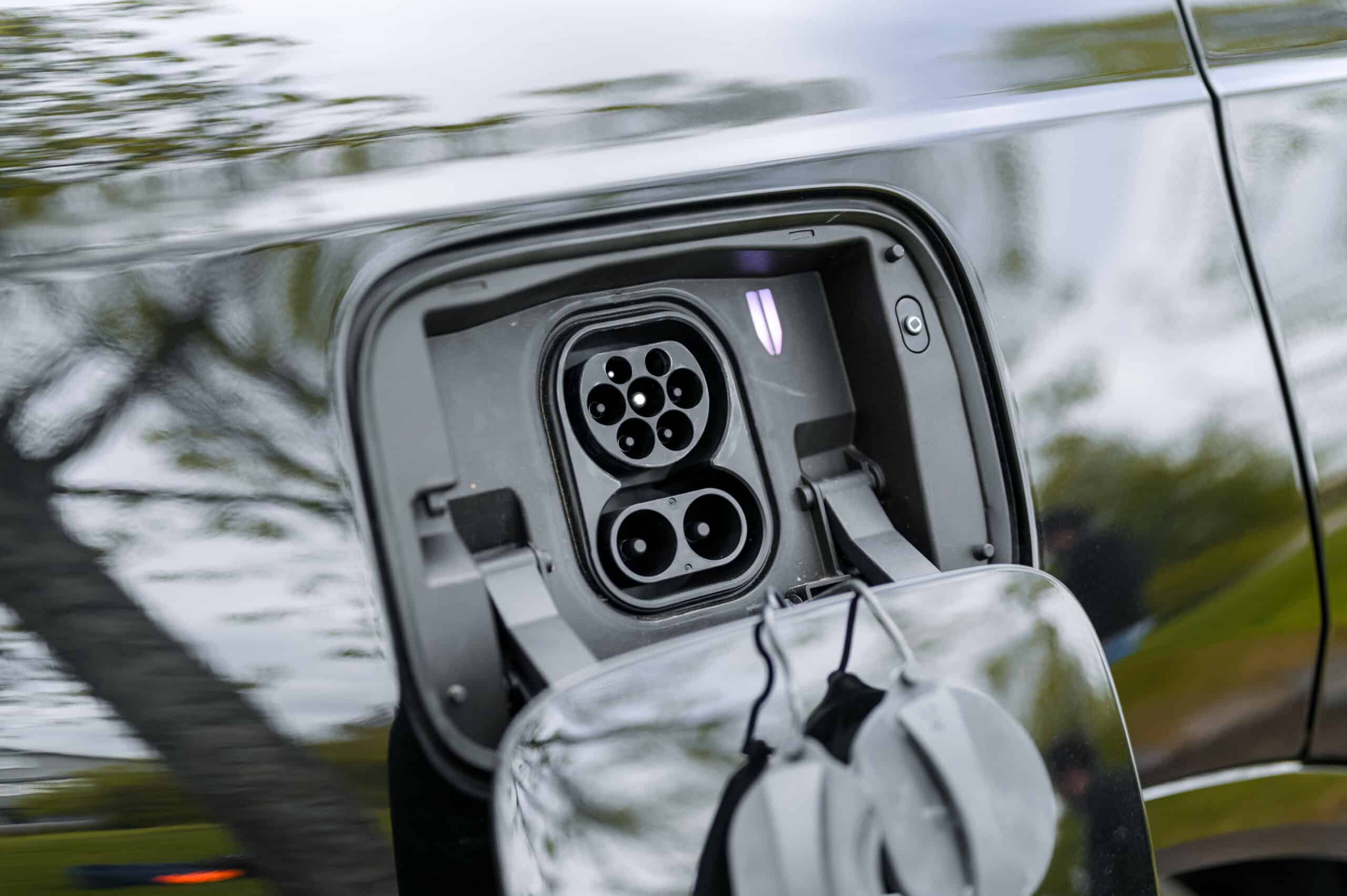
Free monthly entries to ALL giveaways
+1 every month
+5 every month
+10 every month
5%
125
150
350
100
100
50
Cancel membership anytime
Terms apply
apply

Written by
Admin
Published
August 20, 2024
Australia’s rugged landscapes and off-road trails are a siren call to adventure enthusiasts across the country. With the rise of automotive technology, a new feature is making these adventures more convenient and empowering for drivers: Vehicle-to-Load (V2L) technology. Here, we delve into the details of V2L, its advantages, and what it means for the Australian driver.
At its core, Vehicle-to-Load technology allows electric vehicles (EVs) to power external devices or even entire households. This is possible thanks to their substantial on-board batteries, which can store and discharge electricity as needed. V2L essentially turns your vehicle into a mobile power bank.
As of the last quarter of 2022, several car manufacturers have introduced V2L technology in their latest EV models. Notably, brands like Hyundai, with their Ioniq 5, and Kia with their EV6, have been at the forefront, offering V2L capabilities in their vehicles. These features are not just for show; they can provide up to 3.6kW of power, enough to run large appliances or charge other EVs, making off-road adventures devoid of any power anxieties.
In Australia, where off-roading and camping are popular activities, V2L technology opens up a host of possibilities. Imagine being able to power a campsite’s lighting, cooking appliances, and tools directly from your vehicle, without the need for portable generators that run on fuel and emit fumes. This capability makes V2L-equipped EVs an attractive option for eco-conscious adventurers.
As an indication of the growing trend towards such features, data from the Electric Vehicle Council of Australia showed an increase of around 200% in EV sales in 2021 compared to the previous year. This surge signals a growing acceptance of electric vehicles and, by extension, the technologies they bring, such as V2L.
The advantages of V2L are numerous not just for off-roading but also in emergency situations. Australian drivers can use their EVs as a backup power source during outages, which can be a real boon in remote areas prone to severe weather events.
However, there are limitations. The primary concern is that using your vehicle as a power source can drain the battery, reducing the range of the EV. This issue is compounded by the currently limited range of charging stations across Australia, particularly in remote areas. Additionally, V2L technology is limited to certain models and generally found in high-end EVs, making it a feature that may not be accessible to all drivers just yet.
To address range concerns, manufacturers and advocates are pushing for broader charging infrastructure across the country. By the first half of 2023, there had been significant investments and partnerships to increase the reach of charging stations, with a view to making EVs and their technologies like V2L more feasible for widespread use.
In conclusion, Vehicle-to-Load is a revolutionary technology that stands to greatly augment the off-roading and driving experience for Australians. As the technology matures and becomes more ubiquitous, it could redefine not just off-roading but also our relationship with energy consumption and generation on the move. It’s an exciting time for the Australian automotive and adventure landscape, with V2L technology at the heart of this transformative era.